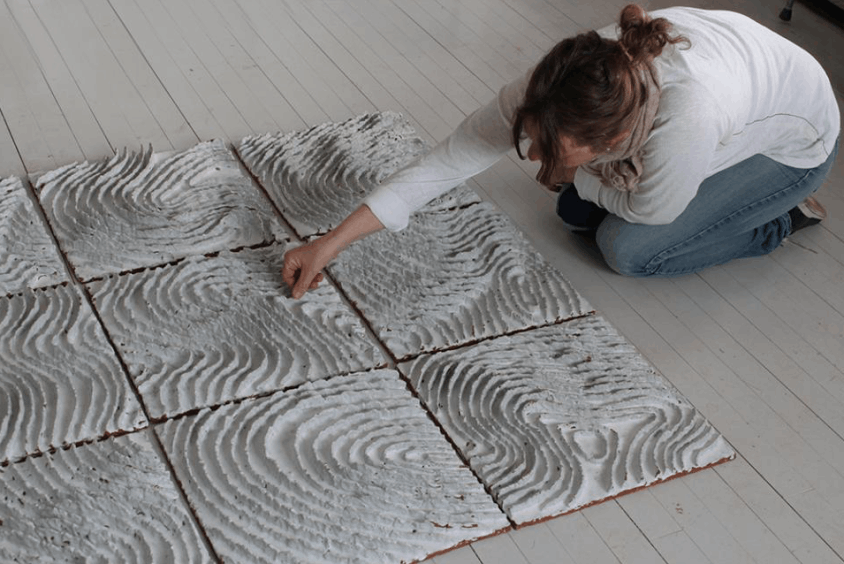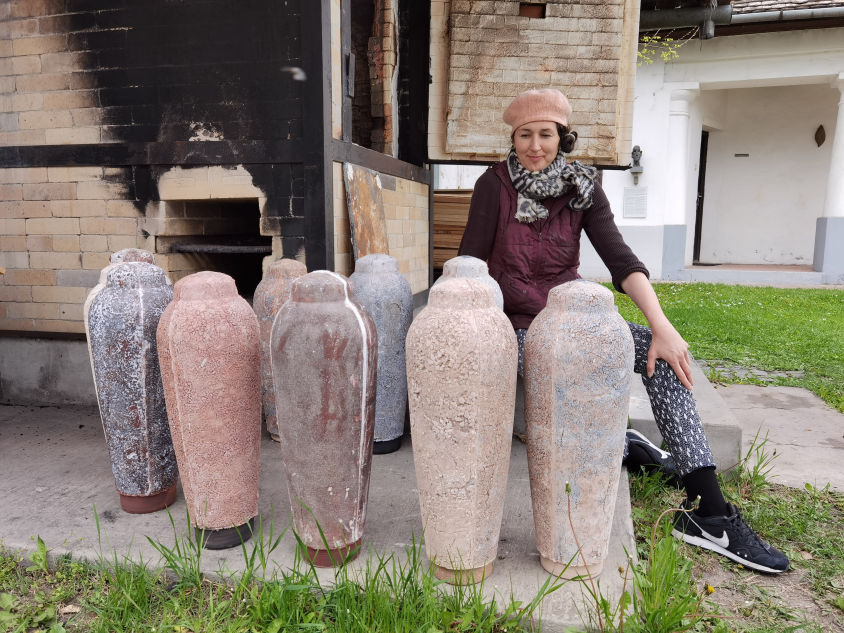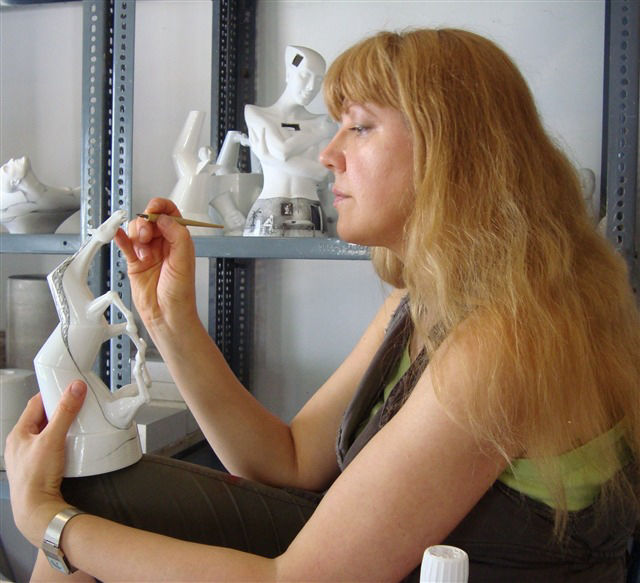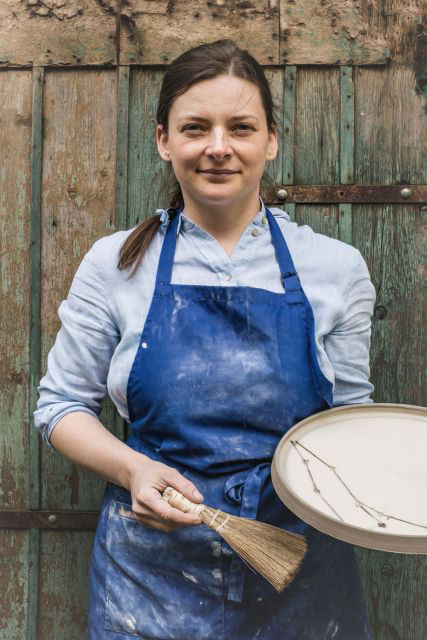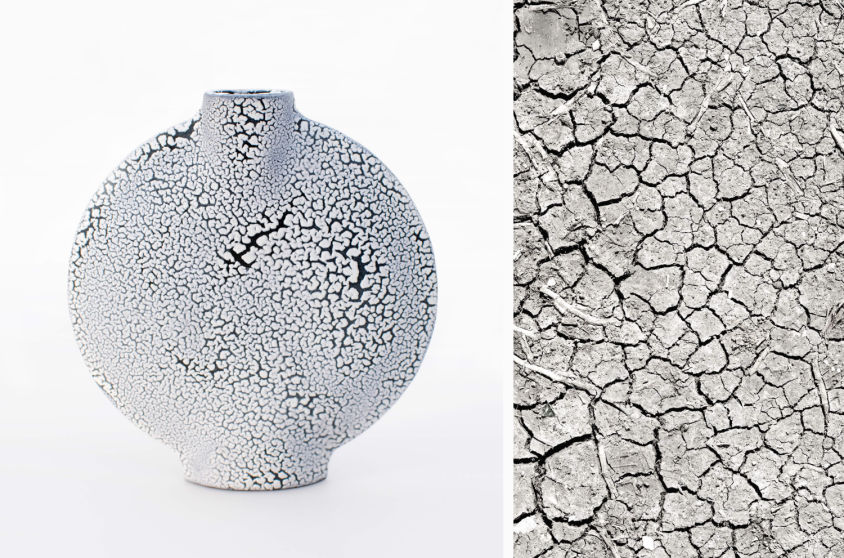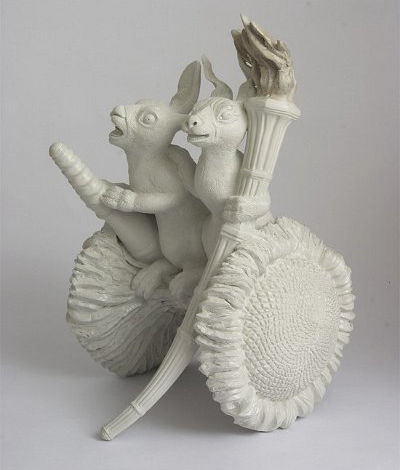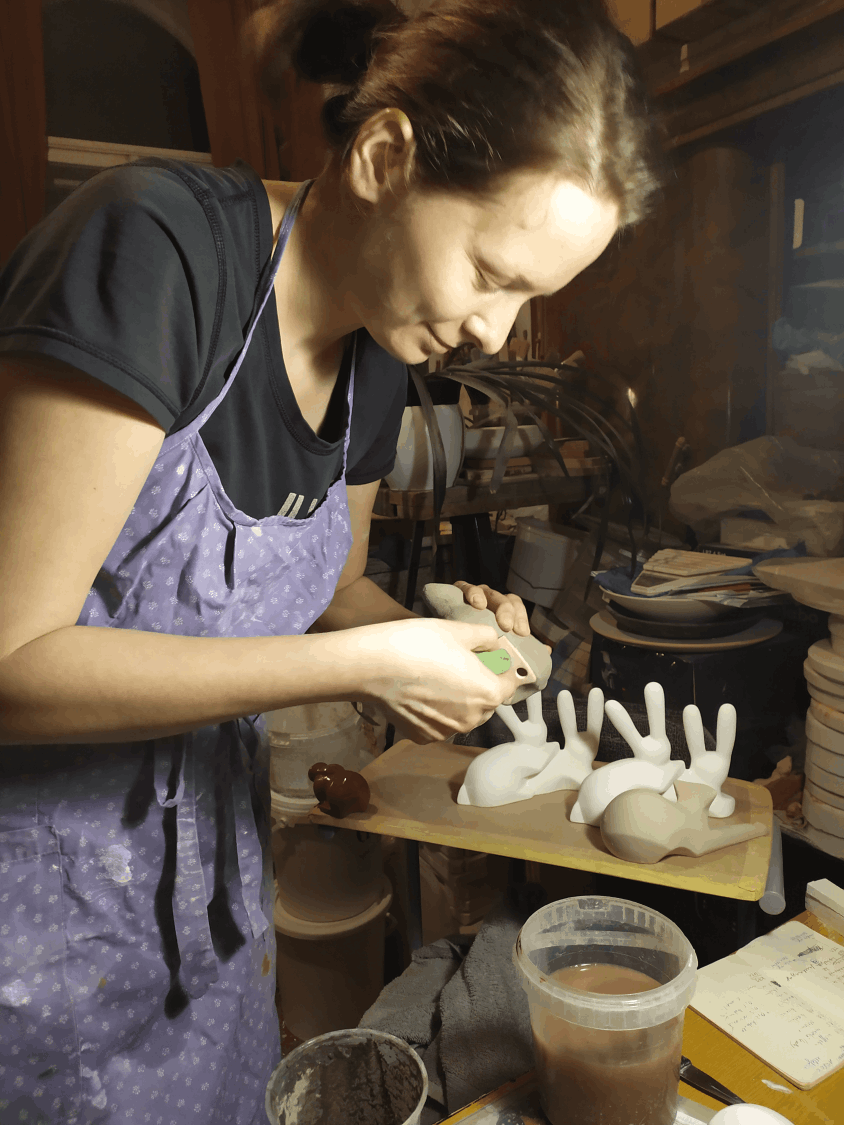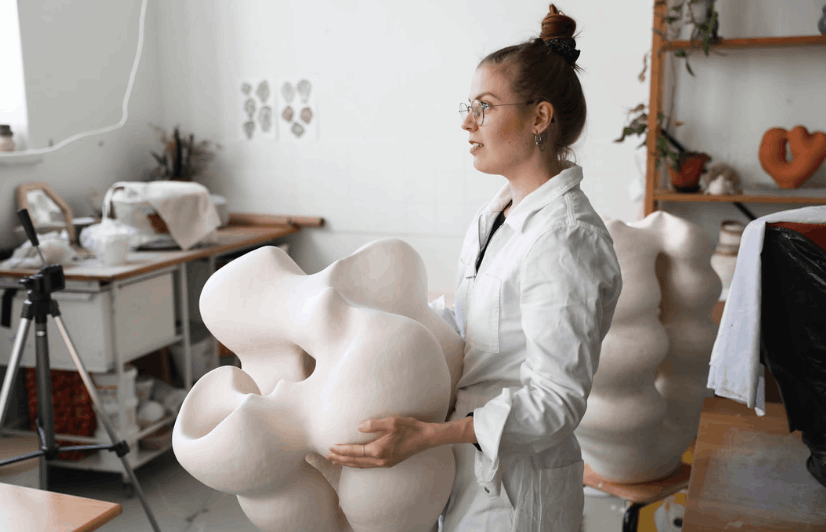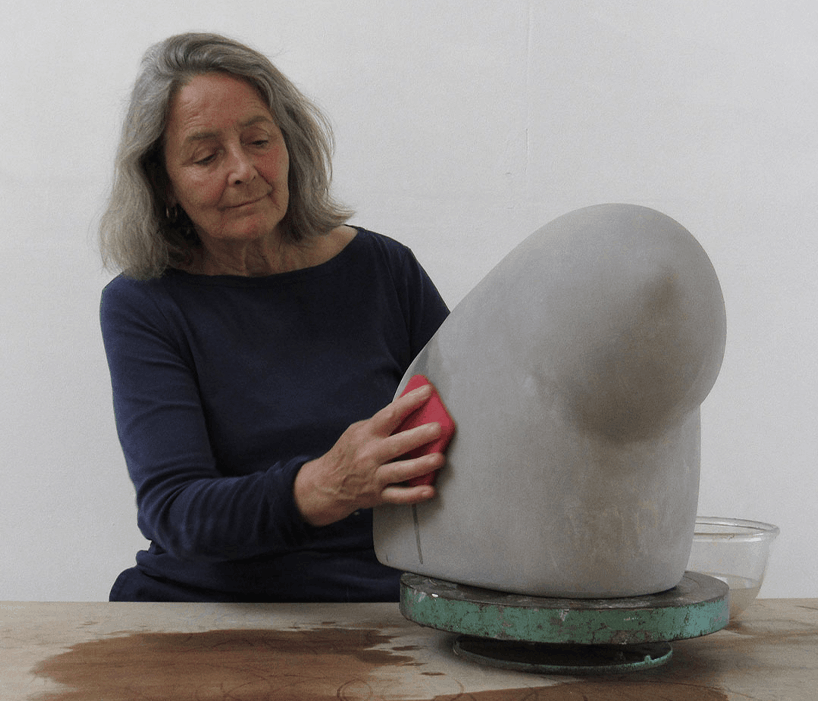
DEIRDRE McLOUGHLIN
Ireland / Netherlands
In a studio on the Keizersgracht in Amsterdam a lump of clay and an invitation to make something was, I did not know it then, to be my future. Between times in the studio making forms to an end I did not comprehend I acted in short movies taking classes in the Stanislavski method.
The events in Northern Ireland in 1981 galvanised my mind to clarity. I realised the shapes I was making in the studio were a language of expression. As a composer finds sound, a painter colour and a writer words I found form in clay and it was what people called art and was necessary. There was no choice but to commit myself and to this end I went to Kyoto where the Sodeisha Group the best in my field were based. I lived and worked there for three and a half years with a rough studio on the edge of Kiyomizu. Honing my coiling skills under the eye of Tosai Sawamura the elder, I was deeply inspired by the works of Hayashi Yasuo and Arioka Susumu.
Everything I know is in my art work, I don’t always understand what I know.
Artist website
